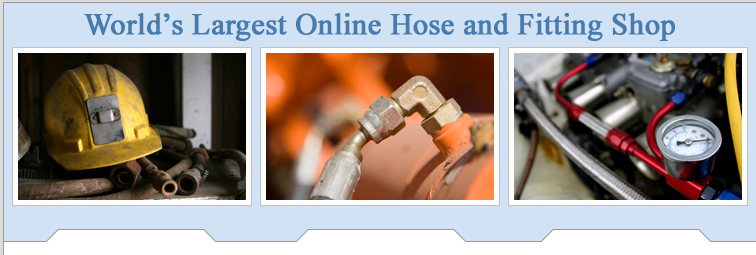The main objective of hydraulic filters is to extend machine life by removing contaminants from the oil.
Hydraulic filter location plays a significant role in the effective performance of a system. The wrong choice location can reduce the service life of the system. There are many locations to be considered. Let us now check out the various hydraulic filter locations:
Pressure Filter or Pressure Filtration
A pressure filter is used sometimes at the pump outlet to prevent entry of contaminants generated in the pump, into other components like valves, etc. and thus help in avoiding the spread of such undesirable elements into the whole system. This will thus protect valves, cylinders etc.
The main advantage of location filter in the pressure line is that it provides maximum protection for components located immediately downstream. Here, there is a possibility of filtration rates of 2 microns or less. But the efficiency of the filter can be reduced by the presence of high flow velocities and pressure.
The major disadvantage of pressure filtration is that it is expensive compare to other filtration location, it has the highest initial and ongoing cost, because the housings and elements must be designed to bear peak system pressure.
Return Line or Return Filtration
Here the fluid cleanliness can be maintained only when the reservoir and the fluid it contains start out clean, and all air entering the reservoir and returning fluid is properly filtered. There is another advantage of this filter location: sufficient pressure is available to force fluid through fine media. There is no complications in filter or housing design because pressure is not high enough. This, combined with relatively low flow velocity, provides a high degree of filtering efficiency at a cost-effective rate.
Return filtration is the most acceptable feature of hydraulic systems. The main disadvantage is that the back pressure formed by the element can adversely affect the operation of or damage some components.
Off-line Filtration
Off-line filtration leads to continuous, multi-pass filtration at a flow velocity and pressure drop which is controlled in a proper way , leading to high filtering efficiency. Filtration rates of 2 microns or less are possible. The main advantage is that polymeric filters and heat exchangers can be used in the circuit for total fluid conditioning. The main disadvantage is its high initial cost.
Suction Filtration
Also known as intake filter, it is fitted before the pump so that it can prevent random entry of large and other contaminants like large chips into the pump and thus preventing damage to it.
This is an ideal location for filtering media. Filter efficiency is increased by the absence of both high fluid velocity and high pressure drop. High fluid velocity can disturb trapped particles and drop in high pressure can force migration of particles through the media.
Craig Cook

